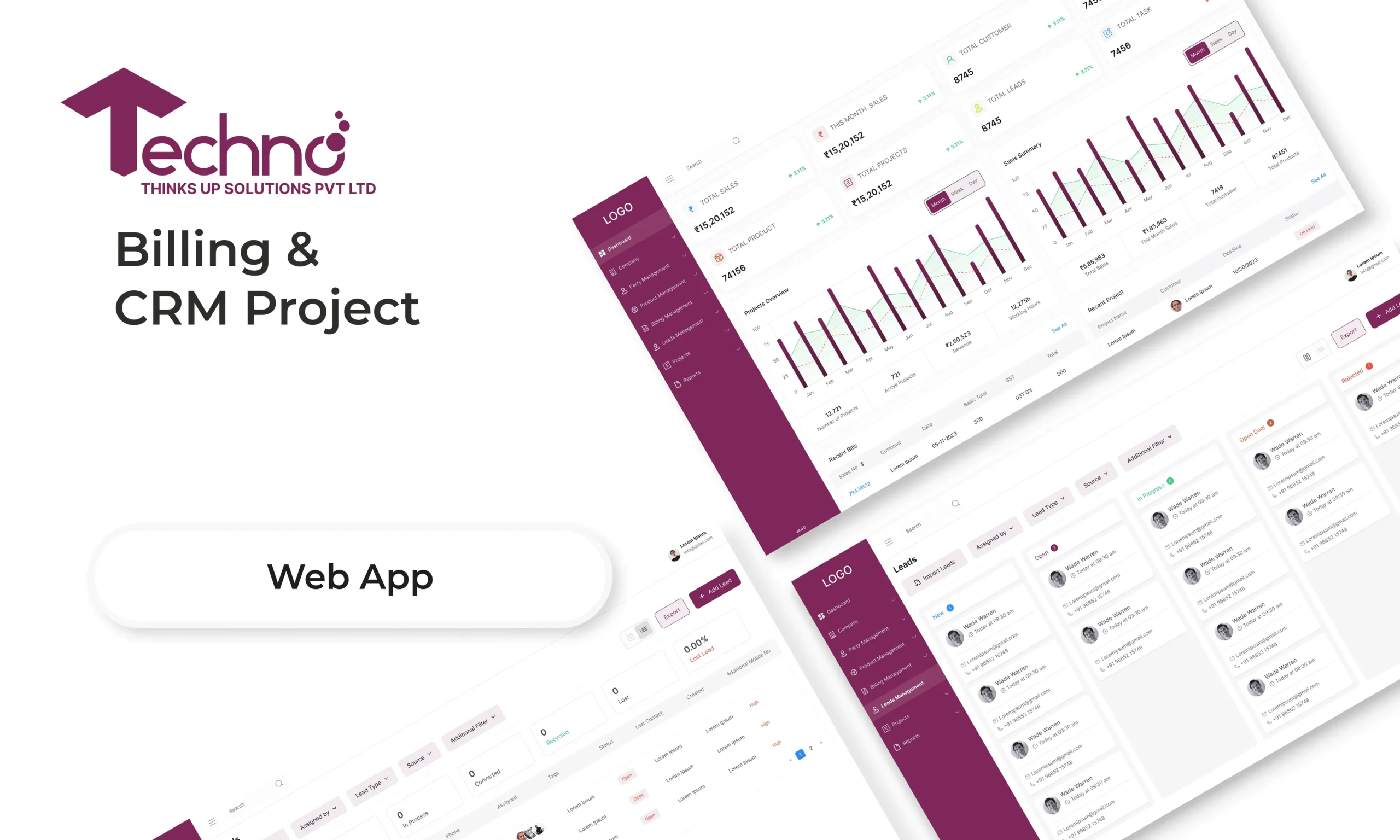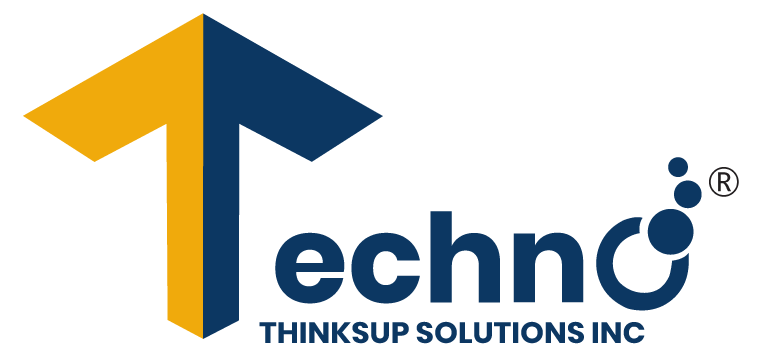
Billing and CRM Web Application
Background:
A computer shop, facing challenges in managing customer relationships and billing processes efficiently, initiated the Billing and CRM Web Application project. The manual billing and customer relationship management (CRM) methods were causing delays, errors, and difficulties in maintaining accurate records. The project aimed to develop a comprehensive web application to automate billing processes, manage customer relationships effectively, and streamline overall business operations.
Objective:
The primary objective of the project was to create a web application that combines CRM and billing functionalities specifically tailored for a computer shop. Key goals included:
- Billing Automation: Implementing a digital billing system to replace manual processes, reducing errors and speeding up the invoicing cycle.
- CRM Integration: Developing a CRM system to manage customer interactions, improve customer satisfaction, and facilitate targeted marketing.
- Inventory Tracking: Integrating inventory management to keep track of product availability, ensuring accurate billing and timely restocking.
- Operational Efficiency: Enhancing overall operational efficiency by centralizing customer data, streamlining billing, and improving customer engagement.
Challenges:
Several challenges were identified at the project’s inception:
- Manual Billing Processes: The existing manual billing processes led to errors, delays, and difficulties in tracking invoice statuses.
- Customer Relationship Management: Lack of a centralized CRM system made it challenging to track customer interactions and preferences.
- Inventory Management: Without a dedicated inventory tracking system, stock levels were difficult to manage, leading to potential issues in fulfillment.
- Integration Complexity: Integrating billing, CRM, and inventory management seamlessly posed technical challenges.
Solutions:
To address the challenges, a comprehensive set of solutions was implemented:
- Digital Billing System: A user-friendly digital billing system was developed to automate invoicing, reducing errors and speeding up the billing cycle.
- CRM Integration: A centralized CRM system was implemented to track customer interactions, preferences, and purchase history for targeted marketing.
- Inventory Management Module: An inventory tracking module was integrated to monitor stock levels, ensuring accurate billing and timely restocking.
- API Integration: Application Programming Interfaces (APIs) were developed to facilitate seamless integration between billing, CRM, and inventory modules.
Results:
The implementation of the Billing and CRM Web Application led to several positive outcomes:
- Billing Accuracy: The digital billing system significantly reduced errors, improving the accuracy of invoices and payment processing.
- Enhanced Customer Relationships: The CRM system allowed the computer shop to manage customer interactions effectively, leading to improved customer satisfaction and loyalty.
- Optimized Inventory Management: The integrated inventory module enabled real-time tracking of stock levels, preventing stockouts and ensuring timely restocking.
- Streamlined Operations: The web application streamlined overall business operations, from billing to customer relationship management, enhancing operational efficiency.
Conclusion:
The Billing and CRM Web Application project successfully addressed the challenges faced by the computer shop, providing an integrated solution for billing, CRM, and inventory management. The project not only improved operational efficiency but also demonstrated the transformative impact of technology in enhancing customer relationships and business processes. The commitment to seamless integration, user-friendly design, and functionality showcased the project’s success in meeting its objectives. This case study serves as a testament to the positive outcomes of digital transformation in the retail sector.




 Web Development
Web Development
 App Development
App Development
 IT Consulation
IT Consulation
 UI/UX Design
UI/UX Design
 Ecommerce
Ecommerce
 Content Marketing
Content Marketing
 DevOps Services
DevOps Services
 Software Development
Software Development
 Digital Marketing
Digital Marketing
 Social Media Marketing
Social Media Marketing
 Search Engine Optimization
Search Engine Optimization
 AWS Managed Services
AWS Managed Services
 QA And Software Testing
QA And Software Testing
 Local Search Optimization
Local Search Optimization
 Technology Outsourcing
Technology Outsourcing
 Metaverse Development
Metaverse Development
 Web 3 Consulting
Web 3 Consulting
 IoT App Development
IoT App Development
 VR App Development
VR App Development
 IT Staff Augmentation
IT Staff Augmentation
 Startup App Development
Startup App Development
 Saas App Development
Saas App Development
 Low Code Development
Low Code Development
 Product Engineering
Services
Product Engineering
Services
 Custom CRM Development
Custom CRM Development
 Offshore Development
Center (ODC)
Offshore Development
Center (ODC)
 Machine Learning
Development
Machine Learning
Development
 Blockchain App Development
Blockchain App Development
 Blockchain In Identity Management
Blockchain In Identity Management
 Artificial Intelligence
Development
Artificial Intelligence
Development
 Dedicated Development Team
Dedicated Development Team
 Strategic Mobile
Consulting
Strategic Mobile
Consulting
 Scrum
Scrum
 DevOps
DevOps
 Lean
Lean
 Kanban
Kanban
 V-Model
V-Model
 Waterfall Model
Waterfall Model
 Design Thinking
Design Thinking
 Agile Development
Agile Development
 Prototype Methodology
Prototype Methodology
 Rapid Application Development (RAD)
Rapid Application Development (RAD)
 Feature-Driven
Development (FDD)
Feature-Driven
Development (FDD)
 Dynamic Systems
Development Method (DSDM)
Dynamic Systems
Development Method (DSDM)





